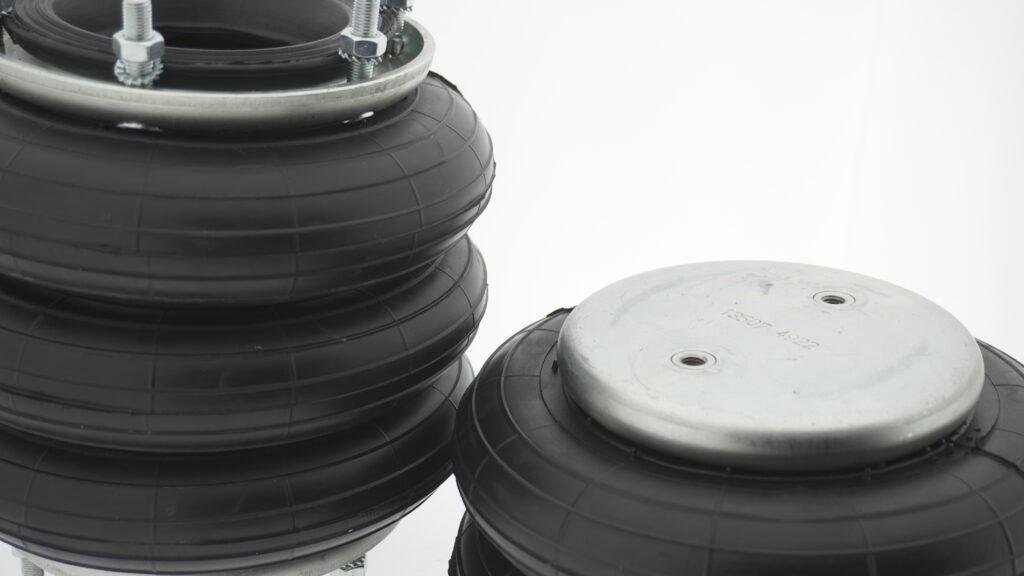
How energy-efficient air bellows improve the bottom line is a vital topic for industries focused on maximizing profitability. How energy-efficient air bellows improve the bottom line lies in their ability to lower operational costs through energy savings. Unlike traditional systems, air bellows require less input energy to provide effective vibration isolation and movement. Consequently, companies reduce utility expenses while maintaining optimal performance. Additionally, air bellows have longer service lives due to their robust construction, further reducing replacement costs. Moreover, the low-maintenance nature of air bellows cuts labor and material expenses tied to frequent servicing. Along with direct savings, energy-efficient air bellows contribute to faster machine cycles and greater productivity. Equally important, fewer downtimes mean increased manufacturing output, directly improving profit margins. In the same way, improved workplace safety from minimized vibration damage lowers insurance and compensation costs. Therefore, air bellows play a strategic role in strengthening financial performance across industries.
Lowering energy consumption and reducing overhead
One way how energy-efficient air bellows improve the bottom line is by dramatically lowering energy consumption across operations. Because air bellows require less pressure to achieve effective support, energy input is minimized. As a result, compressors and drive motors operate at lower capacities, reducing electricity bills. Additionally, the reduced wear on these systems leads to fewer maintenance interventions and part replacements. Furthermore, high energy costs associated with peak operation times are mitigated by the efficiency of air bellows. For instance, production facilities integrating air bellows in their equipment report noticeable reductions in monthly overhead. Moreover, optimized load distribution enabled by air bellows extends the life of machinery, delaying expensive capital investments. Equally important, this energy efficiency aligns companies with global initiatives for carbon footprint reduction, adding brand value. Hence, through multiple savings channels, air bellows significantly enhance a company’s operational financial stability and competitiveness.
Extending equipment lifespan to maximize ROI
Extending equipment lifespan is another key aspect of how energy-efficient air bellows improve the bottom line. Systems fitted with air bellows experience lower mechanical stresses, vibrations, and impact loads. Consequently, expensive machines suffer fewer breakdowns and require fewer costly repairs. Additionally, since air bellows offer excellent load isolation properties, the core structures of industrial systems maintain their integrity longer. Notably, fewer unexpected stoppages translate into better production planning and higher overall efficiency. Moreover, extended machinery life reduces capital expenditure by delaying the need for major equipment replacements. This directly improves the return on investment (ROI) from existing assets. Furthermore, enhanced stability in operations increases output quality, leading to fewer rejects and better customer satisfaction. In the same fashion, businesses gain competitive advantages by offering reliable delivery schedules supported by consistently performing equipment. Therefore, by deploying air bellows, industries secure a stronger, more predictable financial future.
Reducing maintenance costs and unplanned downtimes
Reducing maintenance costs is a decisive way how energy-efficient air bellows improve the bottom line for industrial enterprises. Unlike traditional rigid systems, air bellows operate without sliding components or extensive lubrication needs. Consequently, maintenance intervals are significantly extended, and the need for costly spare parts is minimized. Additionally, the absence of friction-prone components means less wear and a longer functional lifespan. Furthermore, air bellows offer outstanding resistance to chemicals, moisture, and temperature variations, further reducing maintenance requirements. Not only does this lower direct servicing expenses, but it also minimizes the impact of unplanned downtimes on production schedules. As a result, companies enjoy smoother operations and improved revenue streams with fewer disruptions. Besides, reduced maintenance interventions enhance workplace safety by limiting exposure to potentially hazardous repair tasks. Therefore, through lower servicing demands and improved operational continuity, air bellows deliver measurable financial advantages to modern industries.
